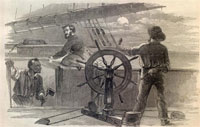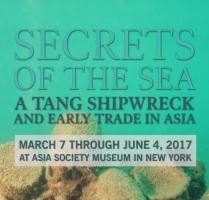 A new exhibit opens today at the Asia Society Museum in New York City, ‘Secrets of the Sea: A Tang Shipwreck and Early Trade in Asia.‘ The exhibit features a selection of 78 artifacts including ceramics, gold and silver items and bronze mirrors, from the 9th century Belitung shipwreck. On view for the first time in the United States, these objects are evidence of an active trade between between far-flung kingdoms in Asia over a millennium ago.
A new exhibit opens today at the Asia Society Museum in New York City, ‘Secrets of the Sea: A Tang Shipwreck and Early Trade in Asia.‘ The exhibit features a selection of 78 artifacts including ceramics, gold and silver items and bronze mirrors, from the 9th century Belitung shipwreck. On view for the first time in the United States, these objects are evidence of an active trade between between far-flung kingdoms in Asia over a millennium ago.
In 1998, Indonesian fishermen diving for sea cucumbers discovered a shipwreck off Indonesia’s Belitung Island in the Java Sea. The ship was an Arabian dhow with a rich cargo of Tang dynasty ceramics, and objects of gold and silver. The ship is believed to have been on its return voyage from China, bound for what is now Iran or Iraq, when it sank around 830 CE.
The exhibit at the Asia Society runs from March 7 through June 4, 2017. In the video below, Asia Society Executive Vice President Tom Nagorski discusses Secrets of the Sea with Museum Director and Vice President for Arts & Cultural Programs Boon Hui Tan:

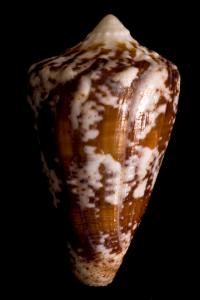 The United State is facing an epidemic of fatal drug overdoses due to the use of prescription opioids as painkillers.
The United State is facing an epidemic of fatal drug overdoses due to the use of prescription opioids as painkillers. 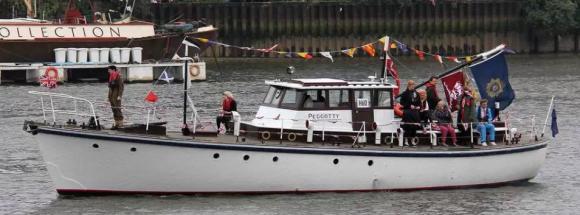
 William “Bud” Liebenow
William “Bud” Liebenow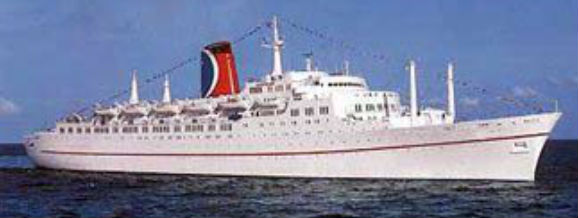 Today
Today  As we noted in our post yesterday, over nearly three centuries of whaling, some 175,000 men went to sea in 2,700 ships. Of the
As we noted in our post yesterday, over nearly three centuries of whaling, some 175,000 men went to sea in 2,700 ships. Of the 

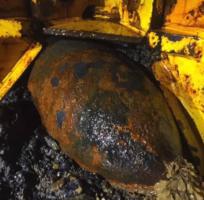 In 2011, a drought lowered the levels of the Rhine River, revealing
In 2011, a drought lowered the levels of the Rhine River, revealing  As Black History Month winds to a close, here is a throwback Thursday repost of a story I think is well worth telling and retelling.
As Black History Month winds to a close, here is a throwback Thursday repost of a story I think is well worth telling and retelling. 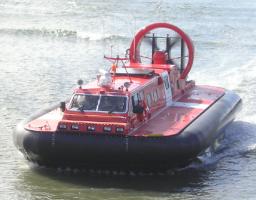 Between 1893 and 1896, the Norwegian explorer
Between 1893 and 1896, the Norwegian explorer 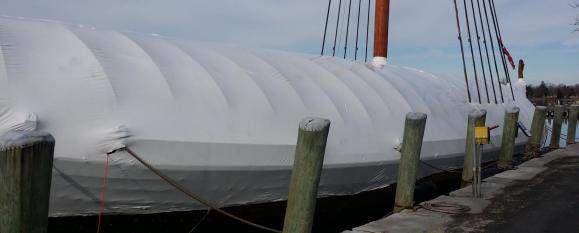 On a recent visit to the
On a recent visit to the 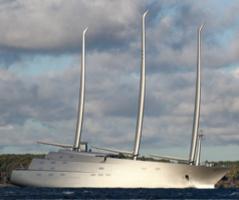 Sailing Yacht A,
Sailing Yacht A, One month ago, French sailor,
One month ago, French sailor,  Remember
Remember 
